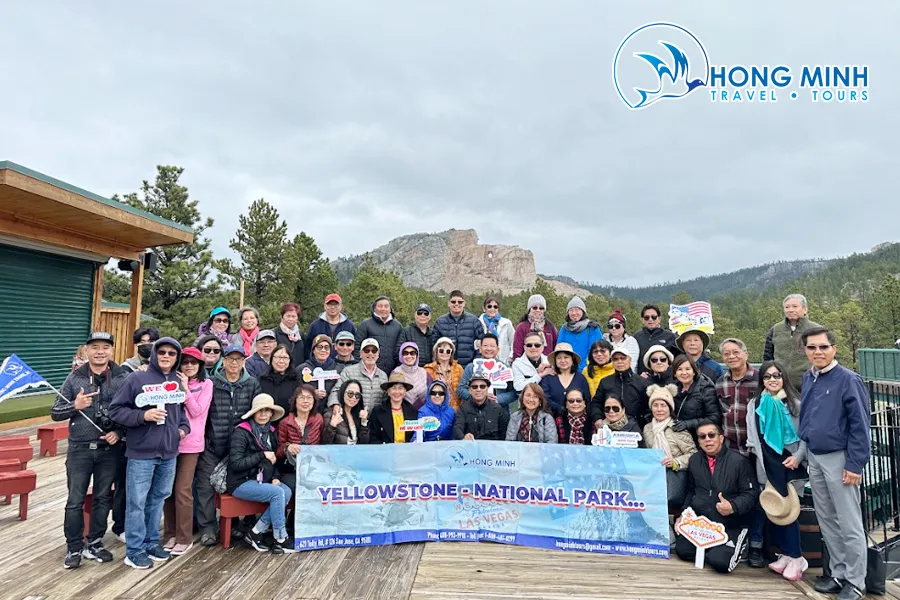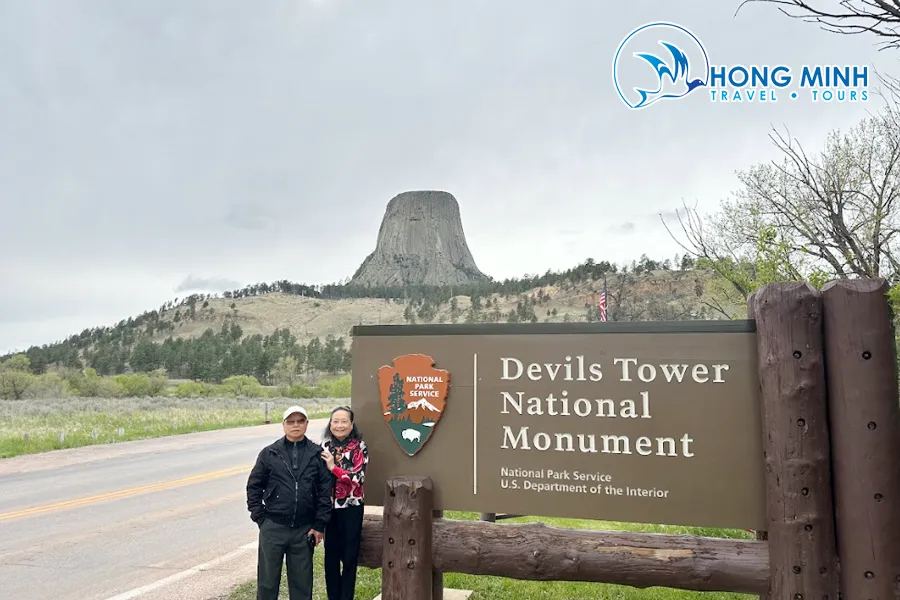Wyoming, a vast state with magnificent natural landscapes, is famous not only for Yellowstone National Park, Devil’s Tower, or Mount Rushmore. It is also a land rich in the cultural traditions and history of Native American tribes. Your journey to discover Wyoming will become even more meaningful if you take the time to learn about the Native American communities who have lived in and been closely associated with this land for thousands of years. This article will serve as a helpful guide, bringing you closer to the history, culture, and enduring presence of Native American tribes in Wyoming.
Wyoming, with its diverse terrain ranging from high mountains to vast plains, was once home to many different Native American tribes. Before European arrival, this land was the homeland of tribes such as the Arapaho, Crow, Lakota Sioux, Shoshone, and Cheyenne. Each tribe brought its own unique culture, language, and history, creating a colorful tapestry of Native American heritage in Wyoming.
On your journey to explore Wyoming, you will have the opportunity to encounter the rich historical and cultural legacy of Native American tribes. From archaeological sites and history museums to places of deep spiritual significance, each stop will tell you stories about the glorious past and contemporary life of Native people.
Discovering Tribal Heritage at the Crazy Horse Memorial
One of the must-visit destinations when exploring Native American tribal history in Wyoming is the Crazy Horse Memorial. Located in the Black Hills region of South Dakota, not far from the Wyoming border, this monument is a colossal mountain carving created to honor Crazy Horse, a legendary Lakota Sioux leader who led resistance against the U.S. military in the 19th century.
Construction began in 1948 by sculptor Korczak Ziolkowski and is still being continued by his family to this day. When completed, the Crazy Horse Memorial will be the world’s largest mountain carving, surpassing the Statue of Liberty or Christ the Redeemer in Rio de Janeiro. More than just an impressive architectural feat, the Crazy Horse Memorial holds deep cultural and historical significance for Native people.

The construction of the Crazy Horse monument is an ambitious project and has also generated much controversy. For the Lakota Sioux, Crazy Horse is a symbol of resistance and courage. The monument is seen as an affirmation of their existence and spiritual strength, as well as a reminder of the painful pages of history in the past. However, there are also objections to this project, arguing that carving on the sacred Black Hills is a desecration of Native American sacred land.
Despite the controversy, the Crazy Horse Memorial remains a popular destination for visitors from around the world. Here, you can not only admire the grandeur of the sculpture but also have the opportunity to learn about the history, culture, and stories of Crazy Horse’s life and career, as well as the history of the Lakota Sioux struggle. The Indian Museum of North America, located within the memorial grounds, displays many artifacts, artworks, and information about the culture of Native American tribes, helping visitors gain a deeper understanding of their rich heritage.
Devil’s Tower and Native American Legends
Another landmark in Wyoming deeply imbued with Native American culture is Devil’s Tower National Monument. This majestic natural rock tower is not only a unique geological wonder but also a sacred site for many Native American tribes, especially the Lakota, Cheyenne, and Kiowa.

In Lakota, Devil’s Tower is called “Mato Tipila,” meaning “Bear Lodge.” According to Lakota legend, the tower was formed when a group of young girls were being chased by a giant bear. To save the girls, the Creator caused the ground to rise up, forming the rock tower so the girls could climb up and escape danger. The vertical grooves along the tower’s sides are said to be the claw marks of the bear as it tried to climb up.
The Cheyenne also have a similar story about the formation of Devil’s Tower, in which the tower was created to protect a man and his family from a giant bear. For the Kiowa, Devil’s Tower is the origin of a story about seven sisters who transformed into the Pleiades constellation, with the rock tower being the tree stump they climbed to ascend to the sky.
Today, Devil’s Tower remains a sacred site for many Native American tribes. They often come here to pray, perform ceremonies, and connect with their ancestors. Visitors to Devil’s Tower can feel the sacred atmosphere and learn more about the legends associated with this unique rock tower. The Visitor Information Center at Devil’s Tower provides a wealth of information about the geology, natural history, and Native American culture of the area, helping visitors gain a more comprehensive understanding of this landmark.
Yellowstone and the Legacy of the Shoshone
Yellowstone National Park, one of the first national parks in the world, also bears the historical imprints of Native American tribes. Before its establishment as a national park in 1872, Yellowstone was a land inhabited and hunted by many tribes, including the Shoshone.
The Shoshone people have lived in the Yellowstone area for thousands of years. They were nomadic people, moving seasonally to hunt and gather forest plants. Yellowstone, with its rich natural resources, from wildlife to hot springs and geysers, was an important land for the life and culture of the Shoshone.
Although there are not many physical remnants of the Shoshone remaining in Yellowstone, their legacy is still present in the names of many places in the park, as well as in oral traditions and historical research. When exploring Yellowstone, remember that you are walking on land that was once the homeland of the Shoshone and many other Native American tribes.
Learning About Native Culture at Cultural Centers and Museums
To delve deeper into the history and culture of Native American tribes in Wyoming, you can visit cultural centers and museums in the area. The Arapaho Cultural Museum and Heritage Center in Riverton is a great place to explore the culture and history of the Arapaho people. The museum displays artifacts, artwork, photographs, and documents about Arapaho history, language, religion, and customs.
The Shoshone Cultural Center and Museum at Fort Washakie is also an interesting destination. Here, you can learn about the history, culture, and contemporary life of the Shoshone people. The museum showcases historical artifacts, artworks, and interactive exhibits, helping visitors better understand the rich heritage of this tribe.
In addition, the Wyoming State Museum in Cheyenne also has collections on Native American history and culture in Wyoming, including archaeological artifacts, handicrafts, and historical documents.
Responsible Travel and Respect for Native Culture
When learning about the history and culture of Native American tribes in Wyoming, it is important to travel responsibly and respectfully. Learn about the Native American tribes, their history, and culture before visiting their lands. When visiting sacred sites or historical landmarks, adhere to regulations and guidelines, showing respect for Native American culture and beliefs.
Support tourism businesses owned by Native Americans or associated with Native communities. Purchase authentic Native American handicrafts to contribute to the economic support of their communities. Avoid buying counterfeit products or items of unclear origin that may harm Native American culture and heritage.
Listen and learn from the stories and experiences of Native people. Participate in Native American cultural tours or community events to have the opportunity to interact and learn directly about their culture. Remember that Native American history and culture are an important part of Wyoming’s heritage, and respecting and preserving this heritage is the responsibility of us all.
Conclusion
A journey to discover Wyoming is not only an opportunity to admire magnificent natural beauty but also a chance to learn about the rich history and culture of Native American tribes. From the Crazy Horse Memorial and Devil’s Tower to Yellowstone National Park, each site carries stories and imprints of Native people. By learning about and respecting Native American cultural heritage, we can make our trip more meaningful and profound, while contributing to the preservation and promotion of these precious cultural values for future generations. Let your journey to explore Wyoming’s Native American tribal history become a memorable and meaningful experience in your life.